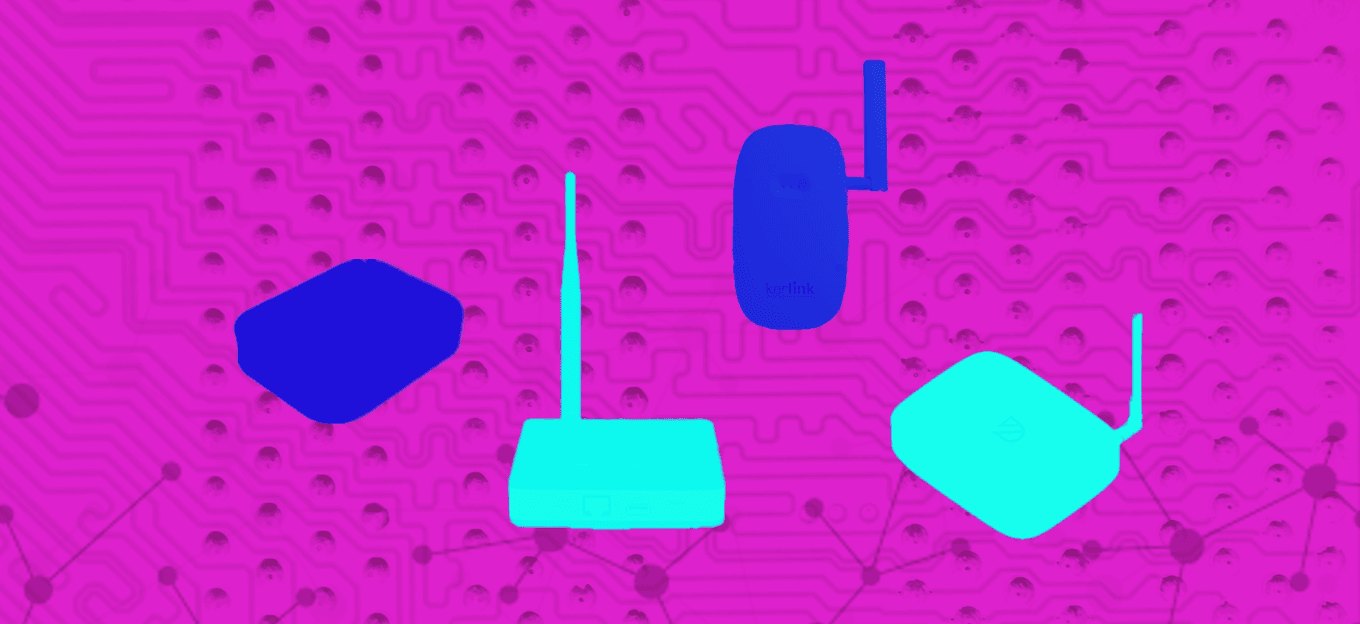Why Plug-and-Play IoT Gateways Are the Key to Faster Deployments
Why Plug-and-Play IoT Gateways Are the Key to Faster Deployments
- Last Updated: October 15, 2025
Datacake
- Last Updated: October 15, 2025



The Internet of Things (IoT) has promised to revolutionize industries for over a decade. Yet despite billions of connected devices worldwide, one stubborn challenge remains: getting IoT deployed quickly and at scale.
According to multiple industry reports, a significant percentage of IoT projects never make it past the pilot stage. The reasons vary, but one barrier stands out: complex deployments.
Setting up sensors, gateways, and connectivity often requires specialized knowledge, lengthy configurations, and extensive testing. For many businesses, especially those without dedicated IoT or IT teams, the promise of IoT is overshadowed by the reality of time-consuming and costly rollouts.
But what if setting up an IoT network was as simple as plugging in a router?
The Shift Toward Simplicity
Across industries, organizations are asking the same thing: How can we make IoT easier to adopt?
The answer lies in a new generation of plug-and-play IoT gateways (sometimes called hubs). Instead of spending days or weeks configuring devices and servers, these gateways are designed to work out of the box, often with cloud platforms or device libraries that automatically recognize and onboard sensors.
This shift mirrors what happened in the early days of Wi-Fi: at first, setting up a network required specialists. Today, anyone can buy a router, plug it in, and get online in minutes. IoT is undergoing a similar transformation, where simplicity, not complexity, will drive the next wave of adoption.
Breaking Down the Benefits
So why does plug-and-play matter so much? For businesses, it translates into four critical benefits:
Time Savings
Traditional IoT deployments require configuring gateways, provisioning devices, and manually setting up dashboards or alerts. Plug-and-play hubs reduce this process to minutes. This means organizations can scale from one site to dozens without weeks of preparation.
Cost Efficiency
Less setup time means fewer labor hours and reduced reliance on specialized consultants. Companies can launch pilots on smaller budgets and expand only when they see results.
Scalability
A plug-and-play approach makes it easy to replicate deployments across multiple locations, whether it’s 10 grocery stores, 100 warehouses, or thousands of retail outlets.
Accessibility
Perhaps most importantly, plug-and-play gateways open the door for non-technical industries. Facility managers, restaurant owners, or logistics coordinators can manage deployments without becoming IoT experts.
When companies evaluate IoT rollouts, the difference between a traditional LoRaWAN setup and a modern plug-and-play gateway becomes clear:
| Traditional Setup | Plug-and-Play LoRaWAN Setups |
|---|---|
| Separate Gateway, LNS, and Platform | All-in-one: Gateway + LNS + Platform |
| Manual configuration and routing | Automatic integration and plug-and-play |
| Extra costs for LNS and platform use | Free device licenses + LNS included |
| High complexity, slow deployments | Fast setup, no technical overhead |
Real-World Applications
The potential use cases for simplified IoT are vast. Here are a few areas where plug-and-play gateways are already making an impact:
Smart Buildings: From optimizing HVAC systems to monitoring energy usage, buildings can reduce costs and improve comfort by deploying wireless sensors quickly.
Cold Chain Monitoring: In food and pharmaceuticals, monitoring temperature and humidity is critical for compliance and safety. Plug-and-play gateways allow businesses to scale monitoring across trucks, warehouses, and stores without delays.
Industrial Facilities: Factories and plants can benefit from predictive maintenance by monitoring equipment health. Quick deployments mean less downtime and faster ROI.
Hospitality: Hotels are increasingly adopting IoT for energy efficiency, room comfort, and sustainability. With simplified setups, they can experiment with new use cases without risking disruption.
Examples from the Industry
There are currently several players in the gateway manufacturer space that offer solutions for different needs in IoT deployments.
- RAKwireless offers developer-friendly gateways that are widely adopted by the LoRaWAN community. They are popular for their ease of use and flexibility in prototyping or scaling deployments.
- Dragino focuses on affordability and accessibility, making IoT rollouts possible even for small businesses or pilot projects on tight budgets.
- Kerlink has built a reputation around enterprise-grade gateways, often used in industrial and telco contexts where reliability and coverage are critical.
- Datacake takes a platform-first approach with its Wireless IoT Hub, integrating a plug-and-play gateway directly with dashboards and automation tools. This reduces setup by several hours per project and allows organizations to scale from pilots to large deployments without switching hardware.
Together, these solutions highlight a broader industry trend: IoT providers are removing friction and helping companies deploy faster, cheaper, and with less technical overhead.
What Decision-Makers Should Look For
As plug-and-play IoT hubs become more common, not all solutions will be created equal. Businesses evaluating these technologies should keep a few things in mind:
- Integration: Does the hub work with your existing devices and preferred cloud services? Compatibility is key to avoiding vendor lock-in.
- Ease of Management: Look for solutions with intuitive dashboards, prebuilt device templates, and automation features like alerting or rule engines.
- Security & Compliance: IoT security remains a top concern. Ensure the hub supports secure communication, authentication, and compliance with industry standards.
- Scalability: The solution should allow you to start small and expand easily, without hidden costs or complex migration steps.
- Cost-Effectiveness: Beyond the initial price tag, consider the total cost of ownership—including time saved on deployments and maintenance.
The Future of IoT is Plug-and-Play
The history of technology is the history of simplification. Just as Wi-Fi and smartphones democratized access to the internet, plug-and-play IoT gateways are democratizing access to the Internet of Things.
By lowering barriers to deployment, these hubs make IoT accessible not just to tech giants but to small and medium businesses, local governments, and organizations of all sizes.
The companies that succeed in IoT won’t necessarily be the ones with the most sophisticated technology, but the ones that make it simple, fast, and accessible. Plug-and-play gateways are the infrastructure that will enable the next billion IoT devices to come online.
The Most Comprehensive IoT Newsletter for Enterprises
Showcasing the highest-quality content, resources, news, and insights from the world of the Internet of Things. Subscribe to remain informed and up-to-date.
New Podcast Episode

Industrial IoT and Connectivity
Related Articles

